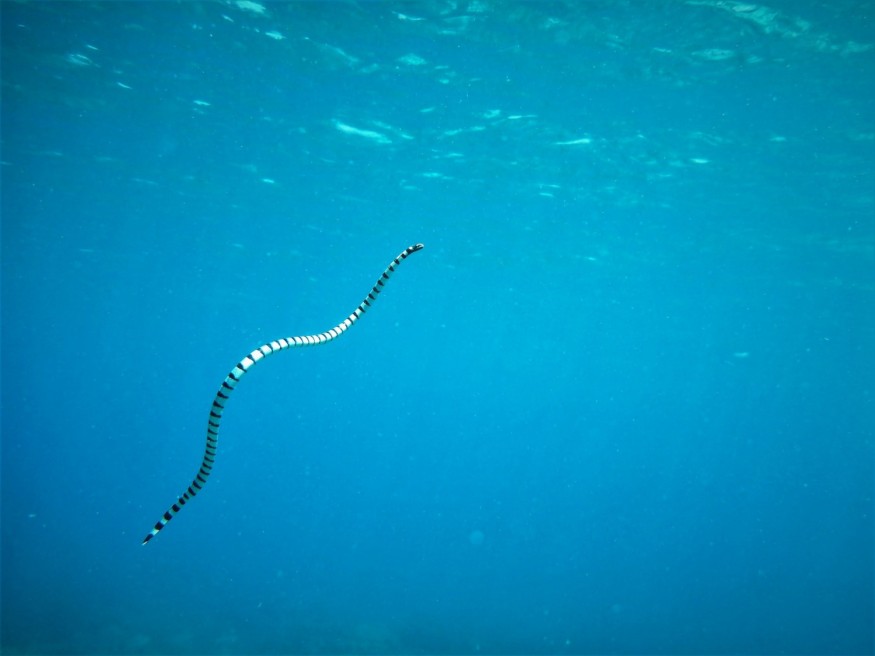Deadly sea snakes whose bites can cause paralysis, renal failure, and even death have been washing up along the eastern coast of Australia, according to reports earlier this week. The increased deadly sea snake sightings have been recorded along the New South Wales coast of the country; a phenomenon described as "uncommon" since these strandings are higher than usual. The recurring incident has placed the area, frequented by locals and tourists, on alert.
The reason behind the increased presence of venomous snakes along the Australian coast remains unknown. However, reports link the unusual phenomenon to strong winds or habitat loss caused by severe weather in Australia. Climate change-driven ocean warming could also be a reason but sources say that the sea reptiles have only been seen struggling in the open ocean in recent times. With this, the initial measure to take is to return the snakes to the sea but authorities warned this is dangerous.
Deadly Sea Snake Sightings

The deadly sea snake sightings in Australia involved seven individuals that where found washed up along the New South Wales coast over the past week. The sightings stretch from Jervis Bay to the town of Eden, where most of the beaches are popular among locals and tourists. Although the said number of snakes is relatively low compared with other marine animal strandings, local media reporting described the seven sightings as an "abnormal number" compared to previous related incidents.
The snake species involved in the said sightings is the yellow-bellied sea snake, a venomous member of the family Elapidae found in the tropical ocean waters of the world except for the Atlantic Ocean. Experts consider that the venom of this sea snake is highly potent, meaning its neurotoxin can cause severe health complications and even death, as mentioned earlier.
Yellow-Bellied Sea Snake
The yellow-bellied sea snake (Pelamis platurus) is the most pelagic of all the sea snakes in the world and can be found far away from coastal areas and reefs, according to the Australian Museum. The deadly sea snake can be particularly located in the tropical waters of the Pacific Ocean and Indian Ocean. They are found as far north as Possiet Bay in Russia and far south as Tasmania in Australia.
Despite their track record of being venomous, yellow-bellied sea snakes do not actively hunt for humans in the wild. However, wildlife experts say that snakes in general only bite people when they are provoked or threatened. In the case of the strandings along New South Wales, experts warned that snakes that washed ashore due to illness or injury are more likely to attack since they feel more vulnerable.
During an investigative study from the University of Queensland in 2017, researcher Amber Kristen Gillett examined stranded sea snakes on beaches in southeast Queensland. Gathered information shows evidence of trauma, neoplasia, and granulomas in some of the marine snakes, indicating the presence of diseases among them.
© 2025 NatureWorldNews.com All rights reserved. Do not reproduce without permission.





